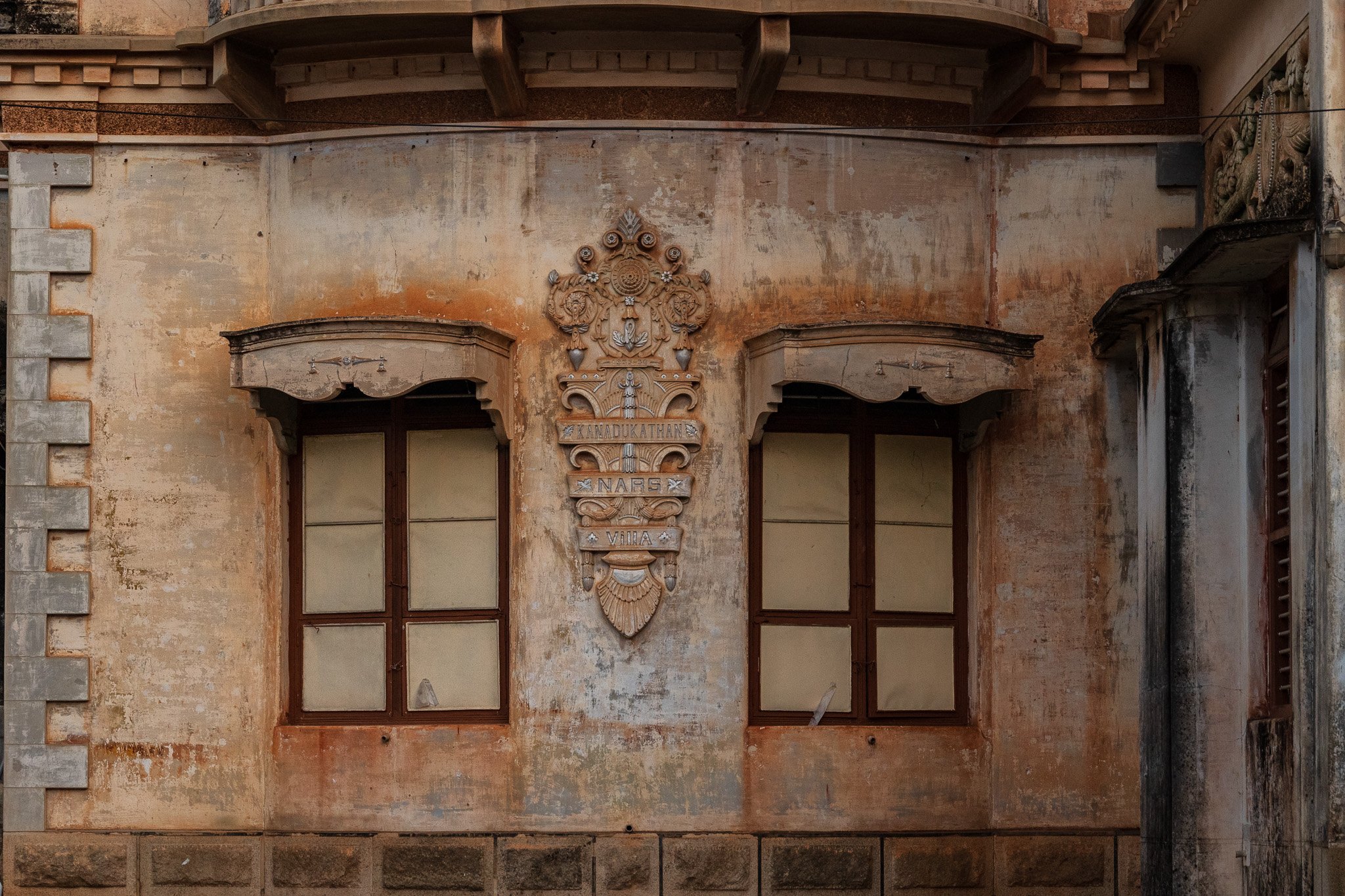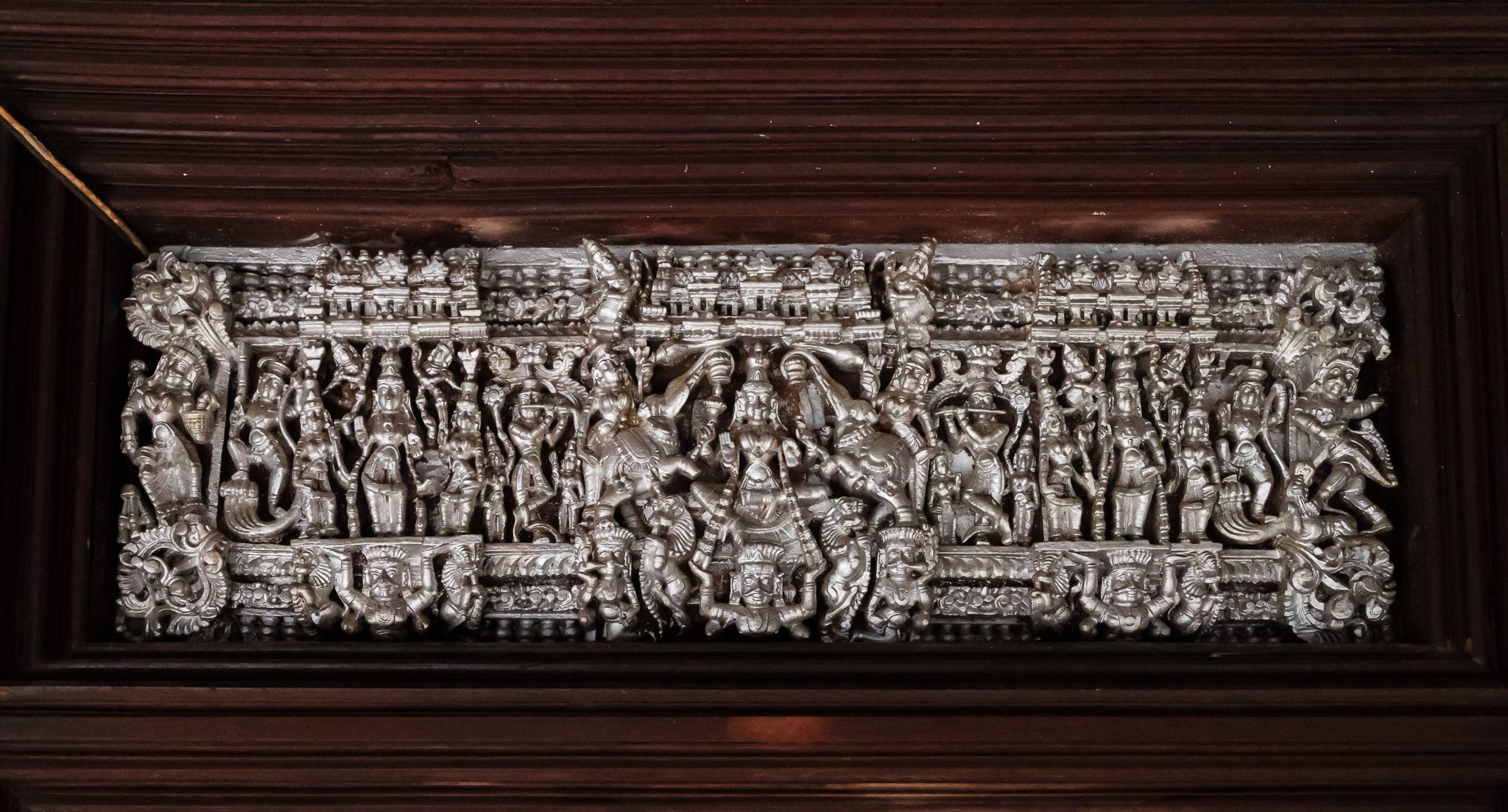In my quest to experience Karl's journey through French India, I ventured to the enchanting town of Puducherry in South India. There, I stayed in a hotel that was once a magnificent Chettiar family mansion, standing proud for over 130 years.
Like so much unfamiliar to me about India, I had gravitated to the hotel based on the age, considering that it would have been present when Karl was in India, but I didn’t know anything about the Chettiars. This was about to change.
Hailing from the villages of the Chettinad region in Tamil Nadu, the Chettiars were initially renowned as merchants and traders. However, as the British Empire expanded its influence in India, their businesses evolved, embracing banking and money lending, ultimately pioneering modern banking practices. From around 1875 to 1925, the Chettiars held indirect control of India's economy, amassing vast fortunes.
They wisely invested their wealth in real estate, erecting magnificent mansions in the Chettinad villages, including the town of Kanadukathan—once one of the most prominent villages occupied by the Chettiars. At first glance, these Chettiar mansions may appear unremarkable from the outside, but it is within their walls that their grandeur unfolds. The defining feature of these homes lies in the central courtyard—a vast expanse open to the outdoors, ingeniously designed to collect rainwater during inclement weather. Rising two or three stories high, the ground level was traditionally reserved for entertaining, while the upper floor corridors were allocated as sleeping areas.
The wealth of the Chettiars was obvious in their homes, from the teak wood imported from Burma for accents and columns to the glass chandeliers from Venice, marble quarried from Italy and hand-painted tiles from India and Europe. However, I wouldn’t describe these homes as lavish or opulent but elegant, crafted by skilled artisans using the finest materials. Ornately carved Burmese wood doors and frescoes adorning the interior spaces epitomize the Chettiars' attention to detail. Even the walls, plastered with egg whites, exuded a subtle lustre but also practicality, imparting a cool respite during the scorching Indian summers.
However, as the 1920s Depression and World War I took their toll, many Chettiars sought opportunities beyond India, expanding their businesses to Sri Lanka, Singapore, and Malaysia. Consequently, numerous mansions were abandoned, left behind as remnants of a bygone era. Some were bequeathed to family members, while others found new life as hotels or restaurants. Yet, the majority remained empty, either cared for by vigilant custodians offering admission to tourists and architecture students or left completely derelict and in disrepair.
When I arrived at the Visalam Hotel in Kanadukathan, I happened to be the sole guest. It was a day of transition and though more guests were scheduled to arrive the next day, I relished having the place all to myself—for what a place it was. KVAL Ramanathan Chettiar had constructed this abode over a century ago for his daughter, Visalakshi. Though the interior had been slightly adapted to accommodate fifteen guest rooms, the essence of its original design and the sheer quality of the materials remained untouched, creating an ambience of refined simplicity.
Owned by CGH Earth, the same proprietors of the Chettiar home in Puducherry where I had stayed, the Visalam Hotel quickly became one of the most cherished places from my travels in India. On my first evening, with no other guests requiring services, the hotel's manager, Mr Sam John, graciously invited me to join him for a cup of masala chai. This delightful tradition would repeat itself throughout my stay, establishing a bond that extended far beyond mere hospitality.
The village of Kanadukathan was relatively quiet to what I had experienced in India. Its tranquillity allowed me to explore at leisure, wandering through its streets as if it were my own neighbourhood. In my wanderings, Mr Shiva Shankar, the ‘experience curator’ at Visalam, and a resident of the village, often accompanied me. Together, we explored the streets by foot and bicycle, discovering the other Chettiar mansions and local life in Kanadukathan.
These splendid mansions would be akin to the romantic notions of those who yearn to restore dilapidated villas in Tuscany or Provence. To anyone harbouring dreams of resurrecting a forgotten villa, I implore you to consider a village in Chettinad—the allure and promise are undeniable and equally as romantic as their French and Italian counterparts.
Dear Reader, I hope you enjoy the photo collage of the Chettiar Mansions from the streets of Kanadukathan. Who knows? You may find yourself captivated by the dream of making a move.








































